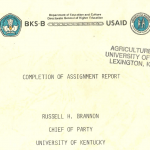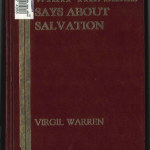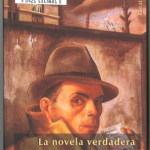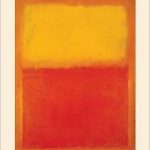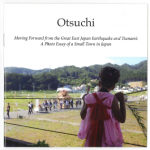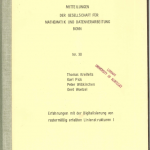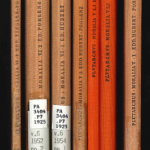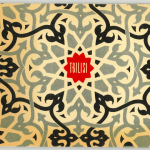Completion of assignment report : July 1981-August 1986 / Russell H. Brannon. (OCLC #39501215)
Long ago when this piece was cataloged and processed, its call number label was mixed up with that of its neighbor, which is not too surprising, given how similar they are:
S540.I56 B730 1986 S540.I56 B370 1986
They are very similar documents, so the only difference in call number is the cutter for the author:
- Russell Brannon – B730
- Harry Barnard – B370
This error was discovered during digitization (call numbers on the pieces didn’t match the catalog), and reported to cataloging for correction. Another report from that same year by Mr. Brannon also received the B730 version of the call number, so that was shifted for uniqueness.
